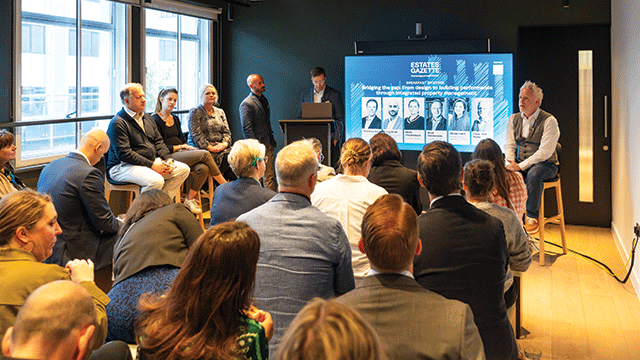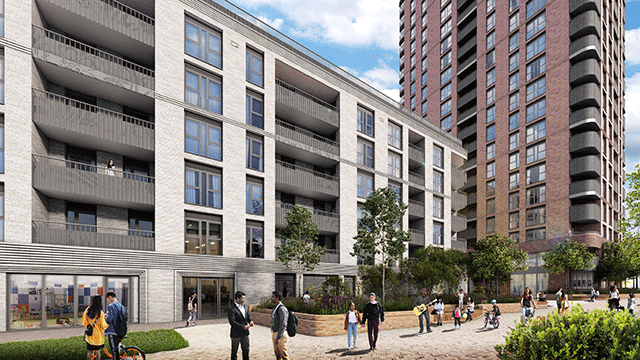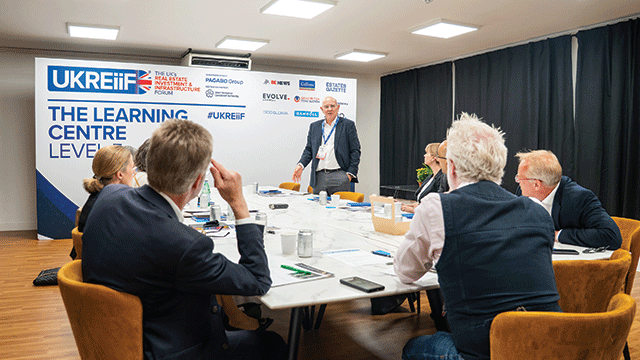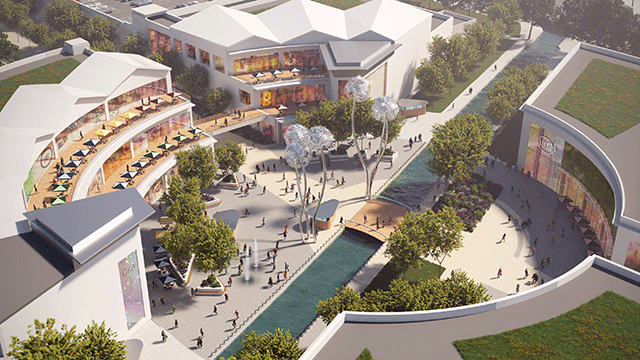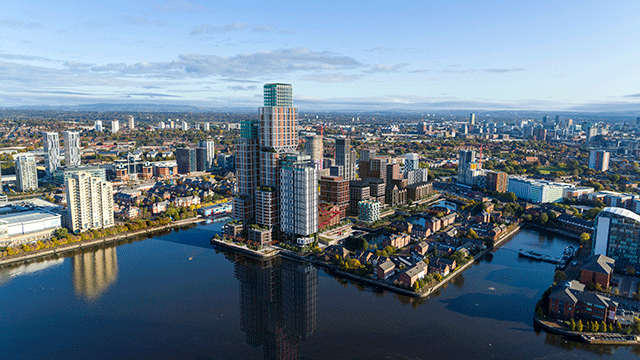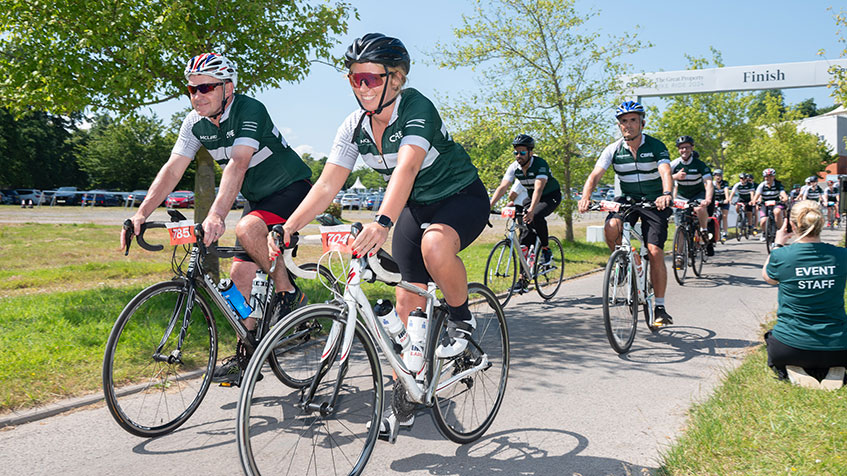The introduction of a seven-day working week, a surge in hands-free technology and a halving of office occupancy could characterise the post-lockdown return to work, according to CBRE’s new head of technology.
Mike Gedye took on the newly created role this month and already expects the current crisis to have a significant effect on his clients’ businesses.
“We’re expecting office occupancy to be far more fragmented between a blend of home working and traditional spaces in the short term,” Gedye said. “Office utilisation levels could drop back to 50% as teams get spread out due to phased occupancy and sitting teams much wider apart physically. People will understand if this has to happen for the next six to 12 months.”
Gedye added that companies are exploring temporary measures to create a safe return to work, including the introduction of a seven-day working week.
“We are hearing some organisations talking about extending the working week to seven days over the next 12 months,” he said. “Employees [will] work the same volume of hours but they can choose when they are in the office and when they work from home spread over seven days instead of five to flatten the curve and get away from those traditional utilisation peaks and troughs.”
Look, don’t touch
What could this and other near-term measures to manage employees’ return to work mean for the longer-term future of offices and commercial space requirements?
Gedye predicts that occupiers will re-evaluate how much space they need as industries change their approach to work: “We have already seen certain companies talk about completely embracing home working and reducing their footprint down to a very small representative office.”
If office design remains focused simply on providing seats for people to work at, Gedye said, demand will continue to drop – employees will question why they should battle on public transport to do a job they know can achieve at home. He predicts that it will be co-creation and collaboration spaces that continue to attract people to traditional offices – that and hands-free technology.
“The hands-free tech in buildings was once an efficiency factor,” he said. “Now it has become a fundamental health factor as people do not want to be pressing buttons for lifts, to open doors, to dispense soap and paper or whatever it might be. We are going to see a massive acceleration in touchless tech. It will become an integral part of any intelligent building.”
A perpetual experiment
Other industry leaders echo Gedye’s expectation that the pandemic will reshape both our physical workplaces and the ways in which we use them. And not all businesses will succeed immediately.
Neil Usher, chief partnerships officer at GoSpace and Sky’s former workplace director, has said that the return to work will not be something many, if any, firms get right from the outset. Rather it will be a “perpetual experiment”.
Like Gedye, Usher stressed that the future of the workplace will be less about what the post pandemic office looks like. Instead, it will focus on how companies and individuals manage infrastructure around a traditional approach to work where people not only commute but tend to do so at largely the same time at the start and end of each day.
“People are trying to envisage what this future space will look like,” Usher said. “It isn’t so much about the aesthetic but about how people manage their working days and weeks. Ultimately it comes down to answering one, big question, ‘what is the workplace actually for?’ And that’s a question everyone should be asking themselves at the moment.”
To send feedback, e-mail emily.wright@egi.co.uk or tweet @EmilyW_9 or @estatesgazette




